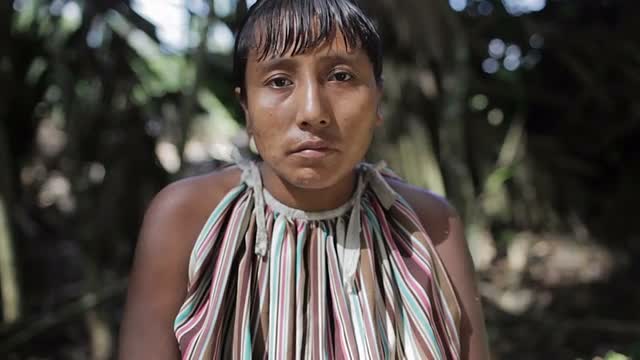
Still image from Wonderland video by Alvaro Laiz
The Lens blog of The New York Times talks to Alvaro Laiz about his experiences with the Warao people of Venezuela and a unique aspect of their culture:
A chance encounter with an anthropologist in Caracas led Álvaro Laiz to Venezuela’s remote eastern edge, where an indigenous people known as the Warao have lived for millenniums. Mr. Laiz was intrigued when he heard about transgender women the Warao called “tida wena,” or, twisted women, because he had been working on a global project about transgender identities in nomadic and indigenous populations. “For me it’s about identity,” Mr. Laiz said. “The kind of things that make you the way you are.” Like other women, the tida wena tended to the home, cooked and cared for children and elders. They also participated in the harvest of important crops, like the ocumo chino, a starchy tuber. Historically, tida wena were sometimes the second or third wives of polygamous men. They also occasionally performed the role of shaman — the Warao are deeply rooted in the shamanist tradition — and tida wena in particular are thought to possess two spirits, bringing them closer to the ancestor spirits that roam the jungle.
Wonderland from Alvaro Laiz on Vimeo
Get the Story:
Lens: Two Spirits in the Venezuelan Jungle (The New York Times 9/5)
Join the Conversation
